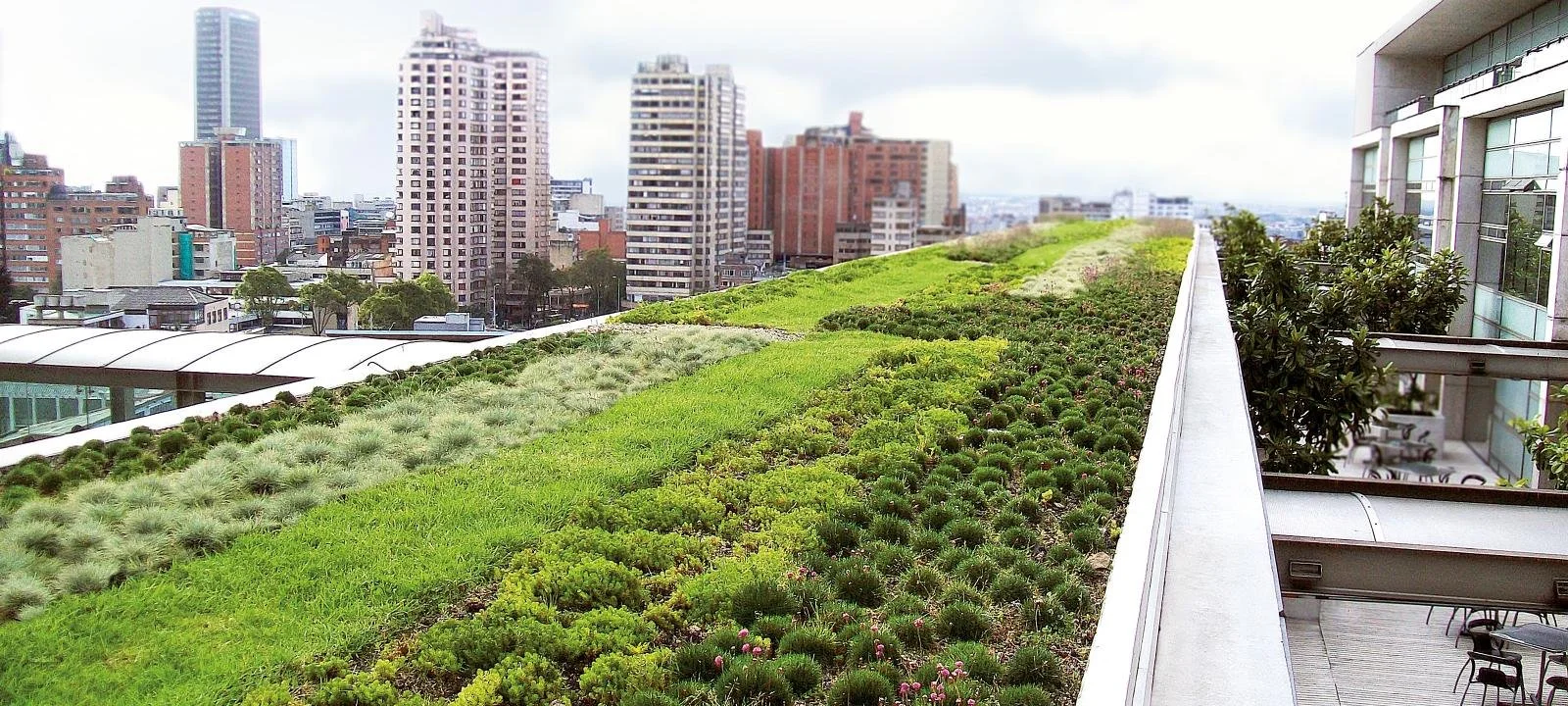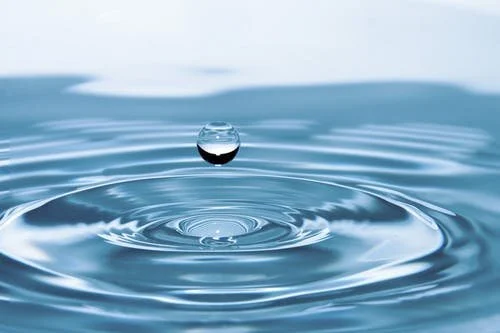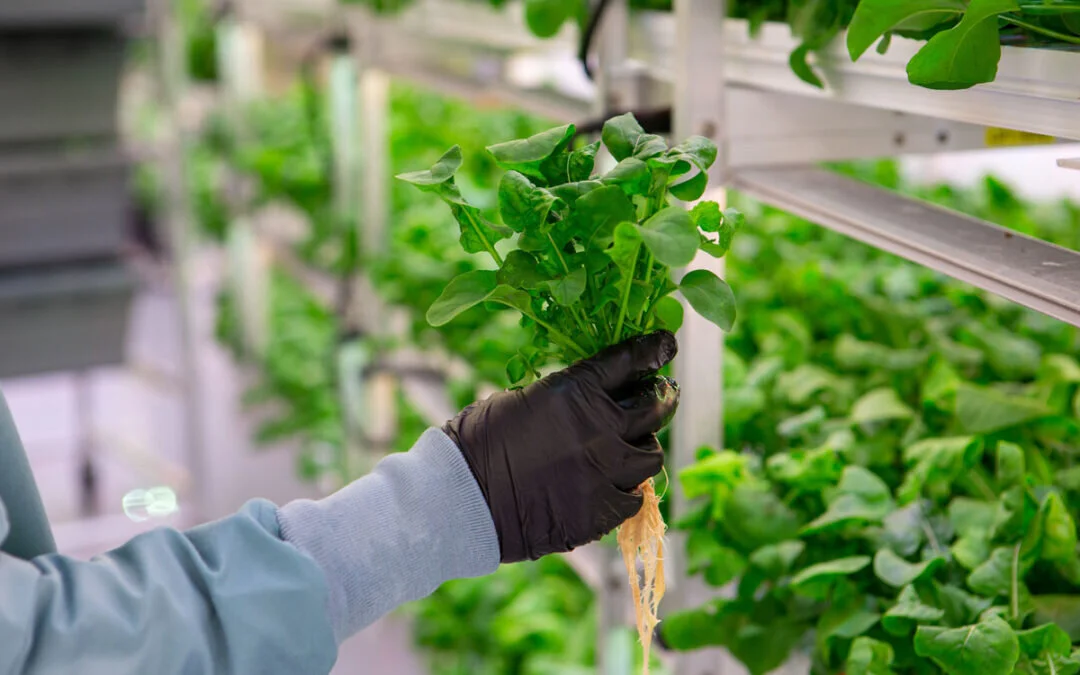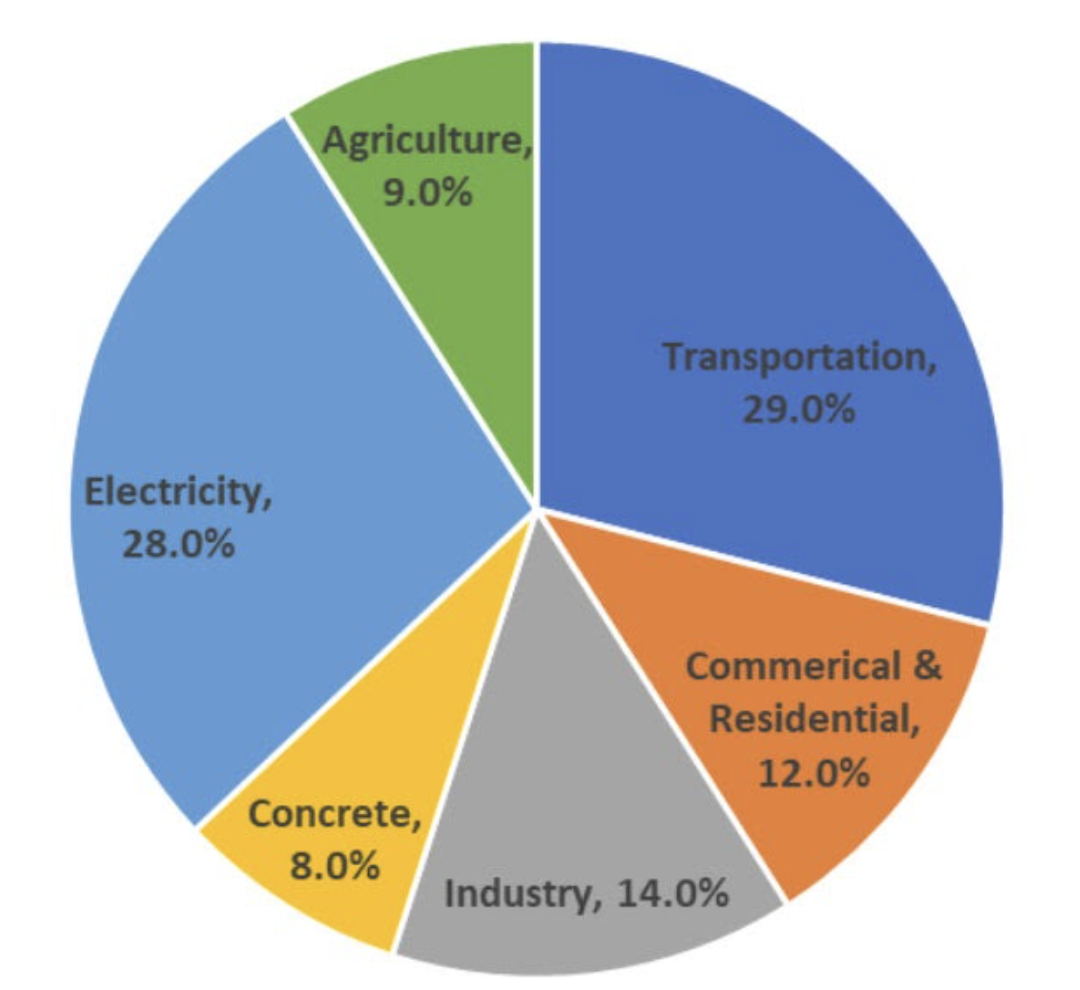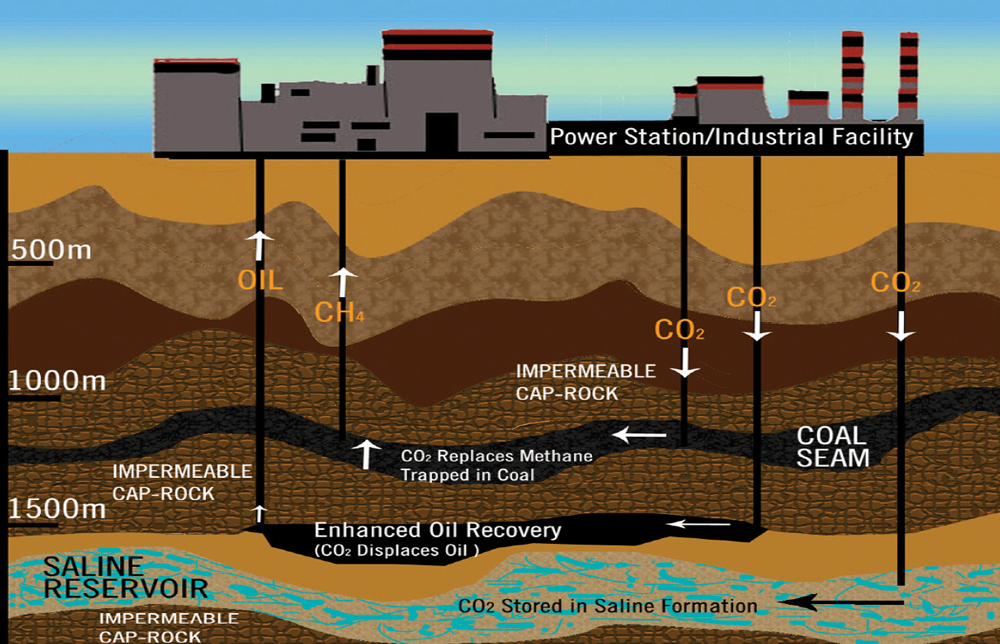By Coty Perry
Read MoreBy Hibba Ahmed
Read MoreBy Sophia Huellstrunk
Read MoreBy Evan Wang
Read MoreBy Isadora Rivera-Janer
Read MoreBy Kendall Elfstrum
Read MoreWith significant carbon dioxide (CO2) capture and storage potential, Earth’s marine ecosystems are being considered as one of many solutions to mitigating climate change via “blue carbon” projects. Read more from Jackie Vandermal on the potential of blue carbon projects!
Read MoreIt’s estimated that the total need for water will have doubled by 2050, due to growing domestic usage as a result of mass migration from rural to urban areas. Growing populations also mean increased industrial and agricultural use of freshwater. With the amount of freshwater we already have being limited, and the ever-increasing demand for it, we must use water responsibly to ensure that we have a future on this planet.
Read more from Aneesh Patnik about water conservation.
Read MoreCool roofs and pavements are made of or paved with light-colored or high-reflectance materials to reflect more sunlight than a standard dark-colored roof, asphalt or concrete pavement. On average, a flat roof receives about 1,000 watts of sunlight per meter in the midday sun, and absorbs much of that energy as heat; conversely, a white roof reflects approximately 85% of the sunlight hitting it. This translates to nearly 150°F dark roofs and over 50°F cooler light roofs!
Read more from Ava Bertolotti on how cool roofs can help save electricity and cut emissions.
Read MoreBitcoin and other cryptocurrencies have been slated as the future of finance. With Tesla’s recent purchase of Bitcoin and the rise in popularity of day trading in the current pandemic, a surge in bitcoin price and renewed interests in cryptocurrencies followed. But what's typically overlooked is the non-virtual side of Bitcoin transactions—its energy consumption. What’s cryptomining's impact on the environment? What are some solutions to address these impacts?
Read more from Alice Feng.
Read MoreElectric vehicles (EV) have long been at the forefront of discussions of a green transition, but what are the circumstances surrounding their deployal today? What is their potential going forward, especially with the pandemic and America’s new administration?
Read more about Evan Wang’s research on electric vehicles.
Read MoreThis article outlines a general overview of energy usage in New Jersey, as well as insight into overall trends that may prove useful in guiding future decision-making processes.
Read MoreBECCS, which stands for bioenergy with carbon capture and storage, is a geo-engineering(1) technique that, in addition to being an alternative for fossil fuel energy, removes carbon dioxide from the atmosphere. BECCS is being proposed as a solution to prevent carbon emissions from being overshoot, which would result in global temperatures exceeding the 2015 Paris agreement on climate change’s aim of less than 1.5 degrees Celsius.
Learn about BECCS through Jackie Vandermel’s research.
Read MoreGlobally, our current agricultural system faces a huge task: by 2050, we will need to increase food production by about 70% in order to meet the caloric needs of a global population of 9.8 billion people—68% of whom are projected to live in urban areas. If we were to project linear growth in yield from our agricultural output from the past five decades, we would be nowhere near achieving this kind of growth by 2050.
Fortunately, hydroponic farming offers a solution for many of the detriments of our world’s current agricultural problems. Read about Camille Boylan’s research on hydroponic farming’s benefits and challenges.
Read MoreAs a material that creates the majority of the world’s bridges, roads, dams, and construction, concrete releases an extreme amount CO2 each year. It’s the highest consumed product on earth besides water. Until the overall emissions are cut worldwide, the environment will continue to be polluted with over 4 billion tonnes of carbon dioxide annually due to this industry.
So, what can be done about concrete to save the environment? Check out what Keegan Ramsden has to suggest.
Read MoreWhat if humans could manipulate climate systems to stop global warming? That is the premise of geoengineering.
But is this actually the future or is it just sci-fi? Read Ava Bertolotti’s research for more.
Read MoreCarbon capture is a potential method to remove carbon from our atmosphere. Read more about the topic in this article.
Read MoreLearn more about how trees can save the planet.
Read MoreWhile climate change affects all of us, it affects those already battling socioeconomic hardships even more. Learn more about the disparities and steps that are being taken to address these challenges.
Read MoreThe fashion industry has one of the most detrimental effects on the environment. Read to learn more.
Read More





